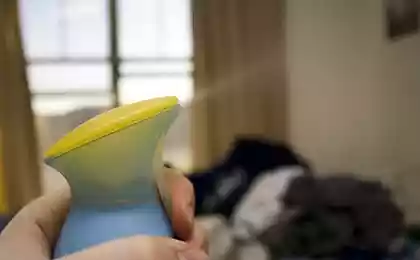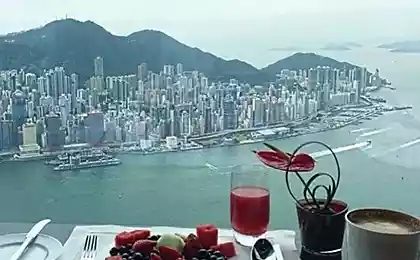849
It creates a computer that runs on liquid droplets

Computers and water are usually not compatible with each other, but not in the lab Manu Prakash (Manu Prakash), associate professor of bioengineering at Stanford University. Together with his students, he constructed a синхронный Computer , which operates using the unique physics of moving drops.
Development of the computer took almost ten years. Prakash idea came when he was still a student. As a result, he was able to bring it to life using the knowledge of hydrodynamics and computer equipment.
This computer contains droplets of ferrofluid - in fact, it is little liquid magnets. Drops are made by adding water to the magnetic nanoparticles. They are located in a rotating magnetic field, which acts as a clock generator, synchronizing all the drops.

By its universal nature computer liquid droplets could theoretically perform all the same logic operations as the conventional electronic computer, albeit with a much lower rate. However, developers have expressed quite ambitious plans for his creation.
"We already have digital computers to process information. Our goal is not to compete with the electronic machines or run the text editor on this - said Manu Prakash. - Our goal in creating a completely new class of computers that can accurately control and manipulate physical matter. Imagine if you are running a series of calculations, which not only processes information, but made algorithmic manipulation also with the physical substance. We just made it possible to form mesoscale ».
The ability to precisely control the liquid drops through the computation can be useful in various fields, from biology to chemistry. For example, such a computer can act as mini-labs. Instead of testing reagents for bulky tubes, each drop can carry specific chemical and myself will test tube and drop control provides an unprecedented level of control over such a "laboratory».
Scientific work «Synchronous universal droplet logic and control» was published in Nature Physics, DOI: 10.1038 / nphys3341 (зеркало ).
Source: geektimes.ru/post/251752/
Incredible talent! Just great pictures.
In the craters of Mars found glass, which could capture a ancient microorganisms























